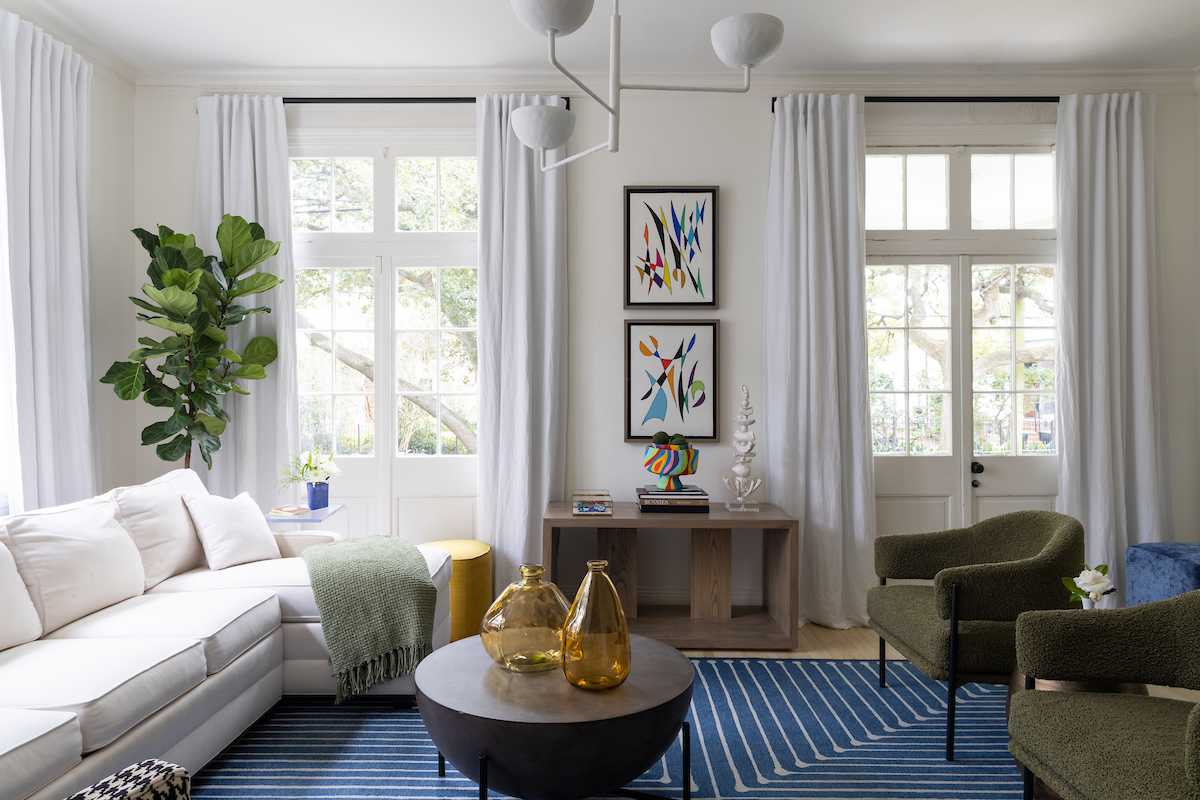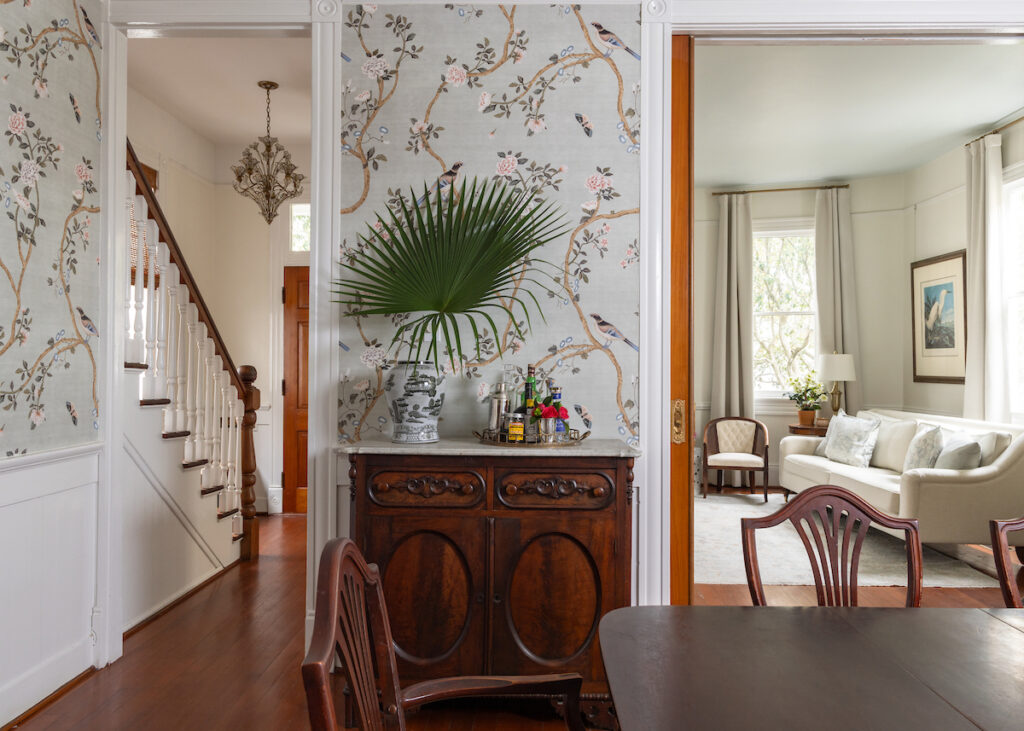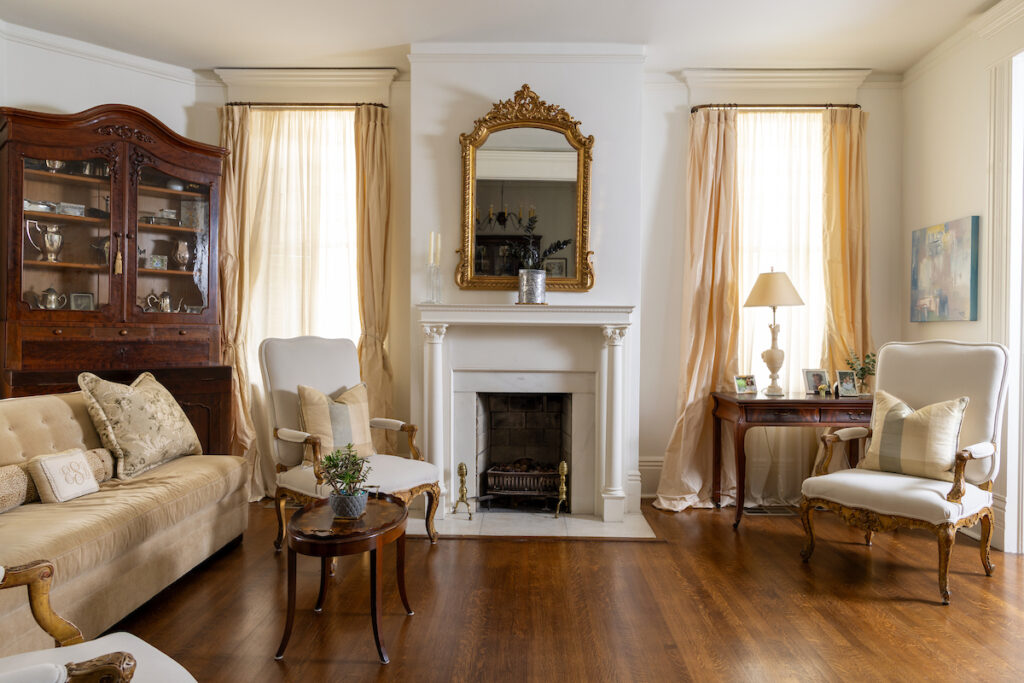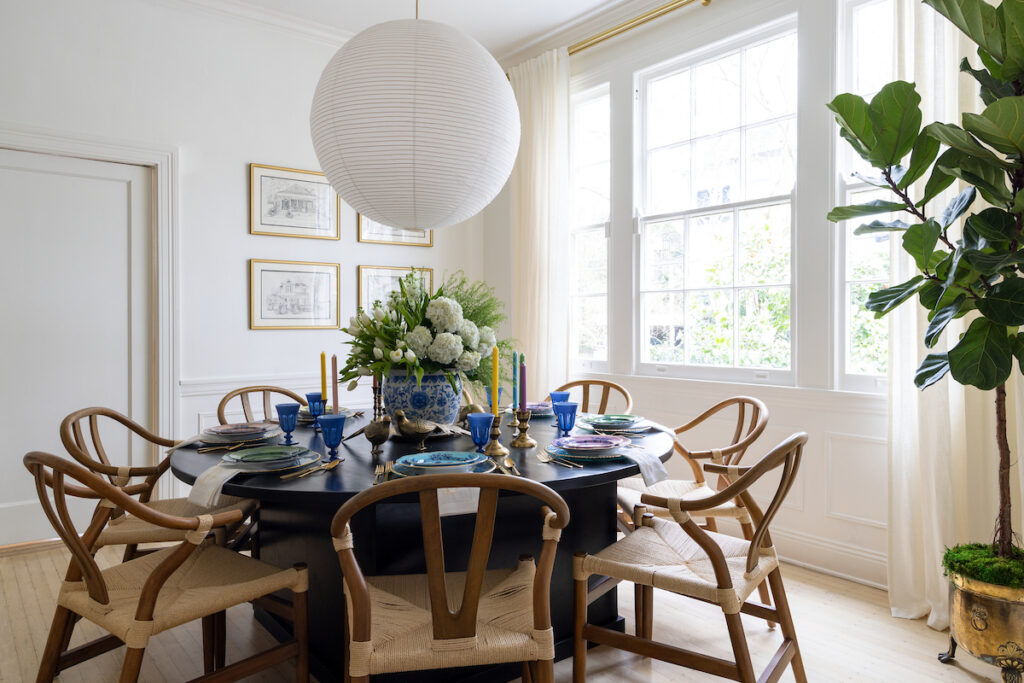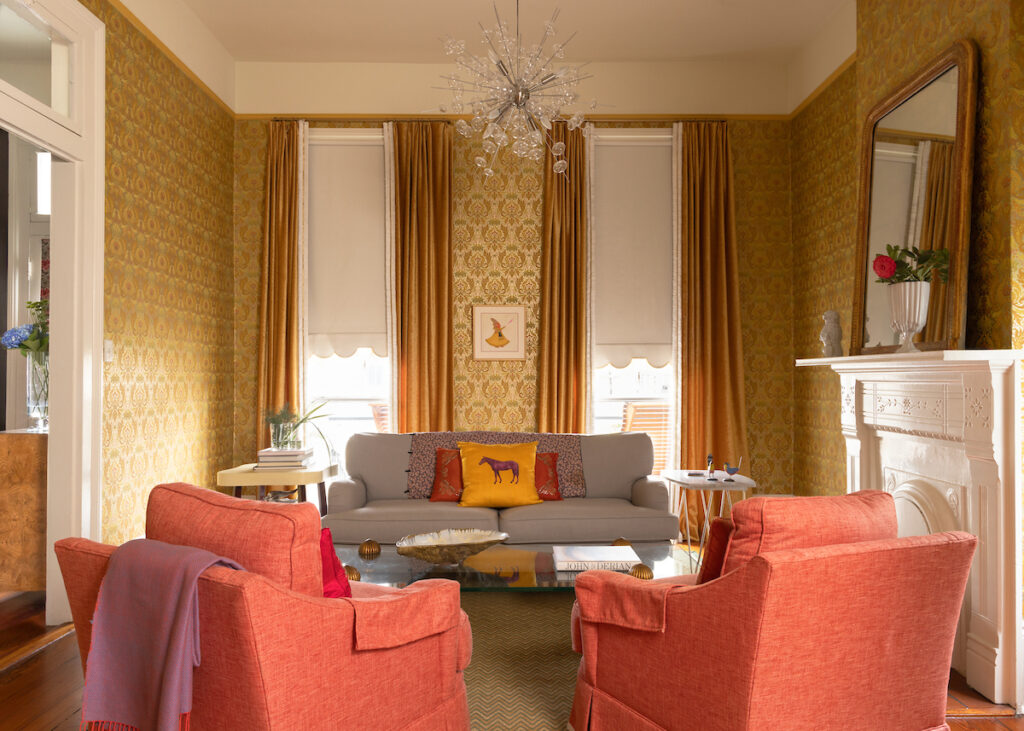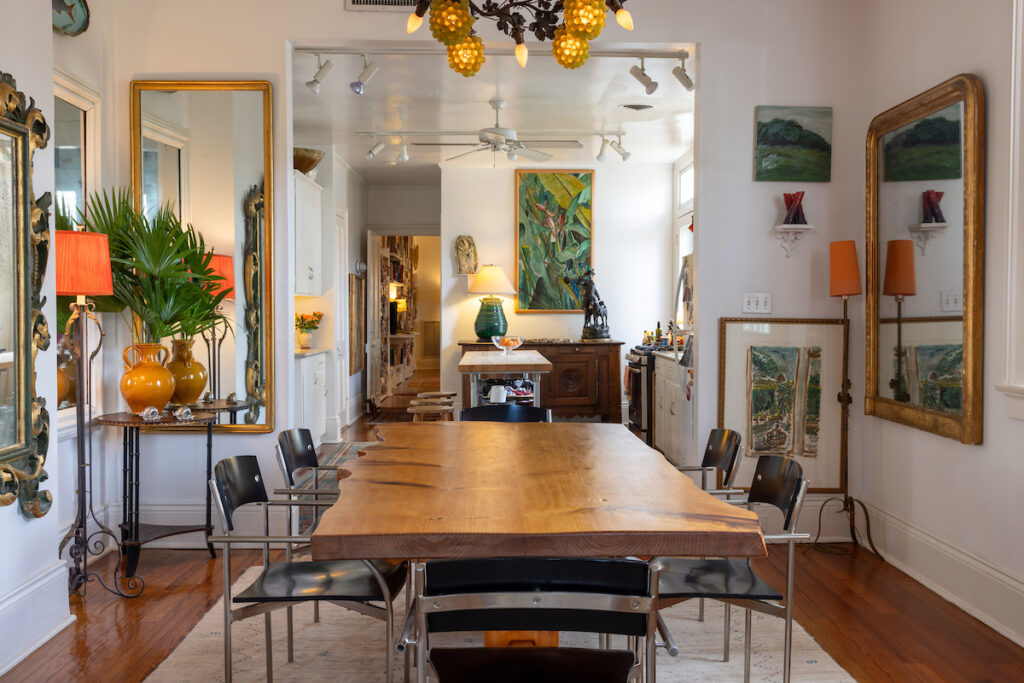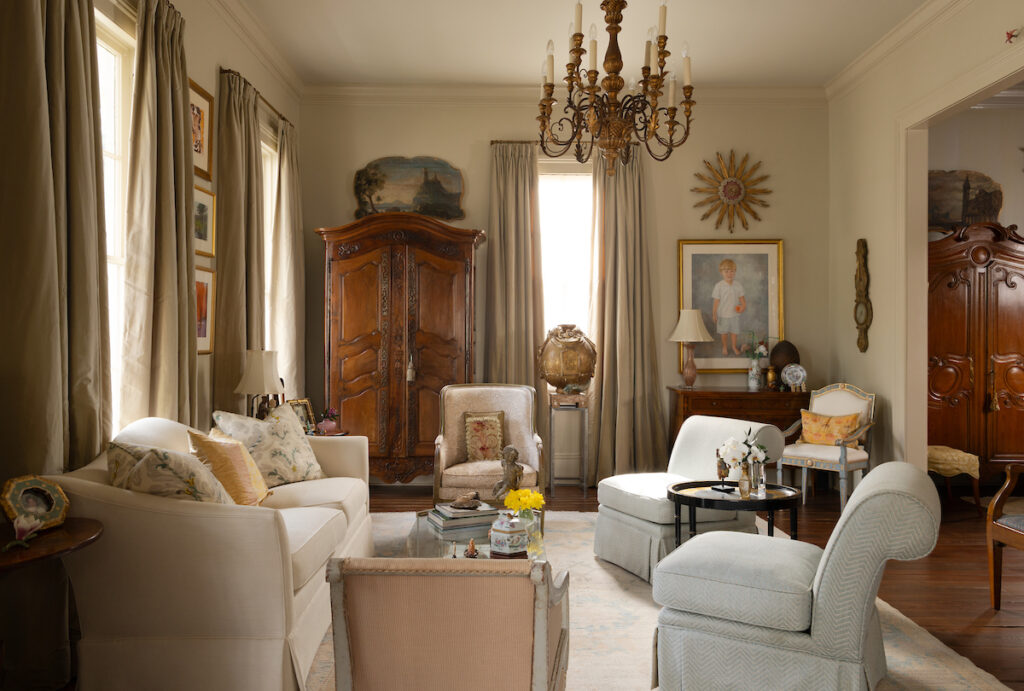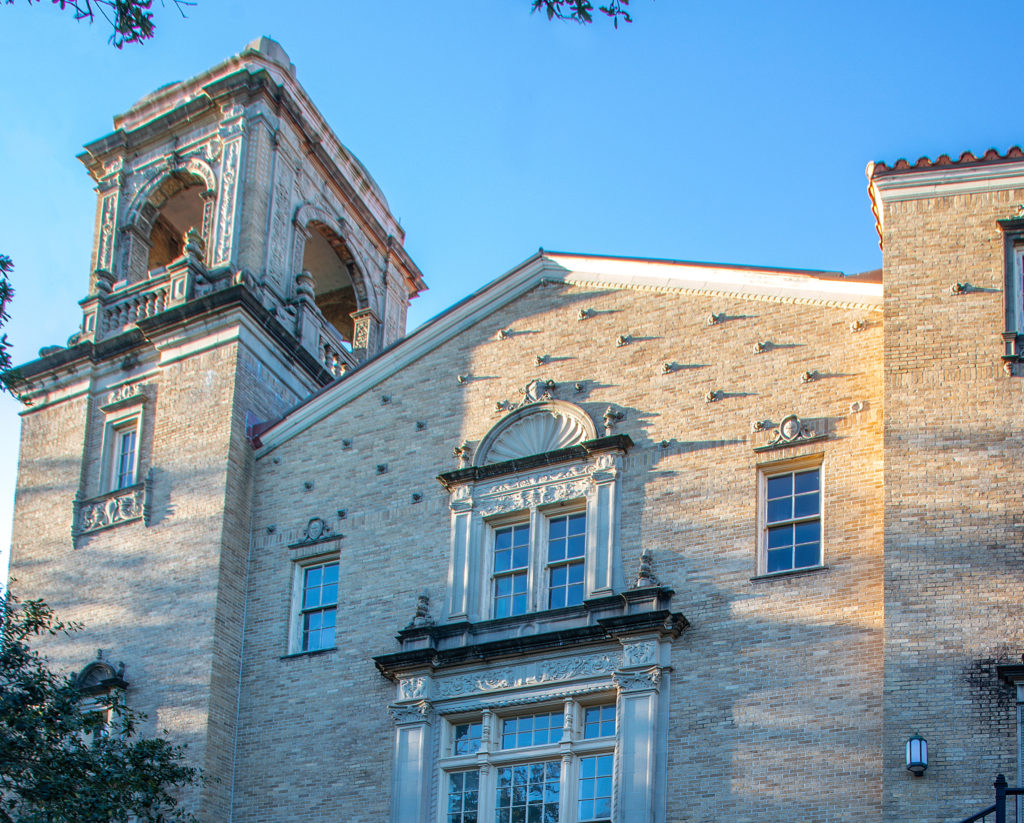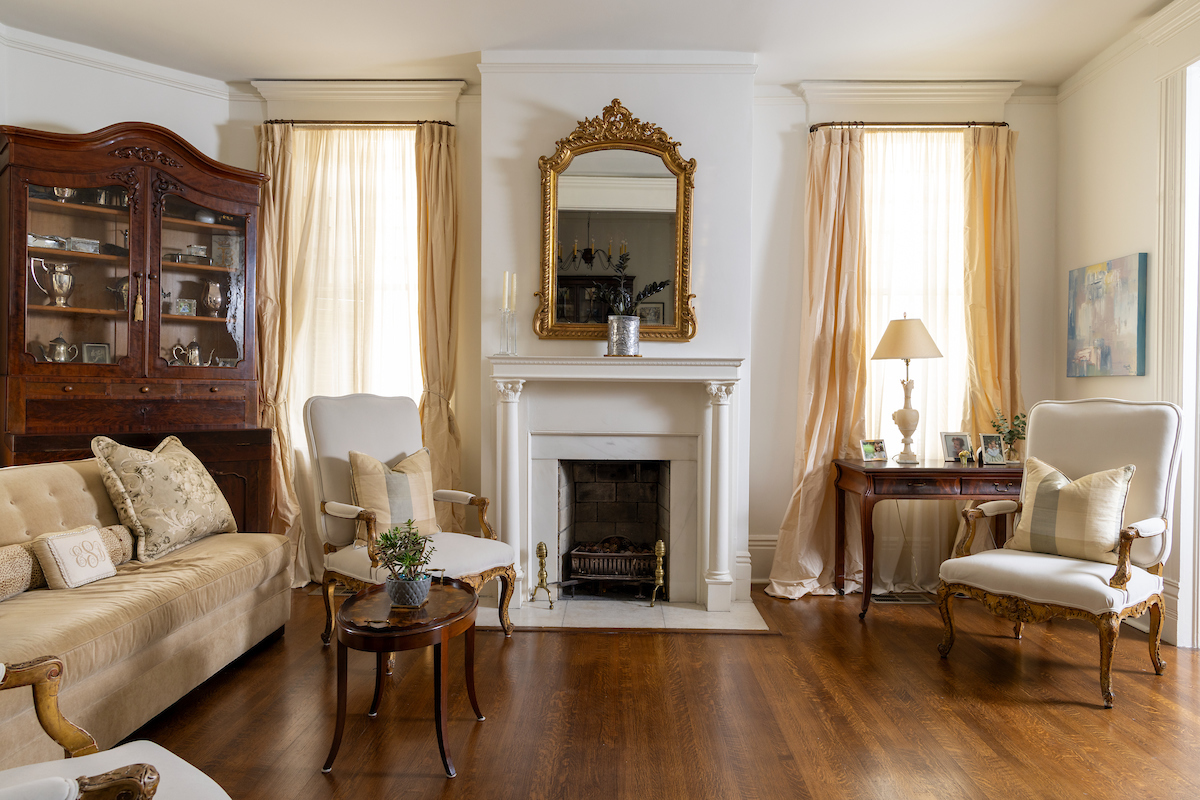Visit this and several other examples of New Orleans’ vernacular architecture at PRC’s Spring Home Tour presented by Entablature Design + Build on April 20 and 21. Click here for tickets and more tour details.
Tucked up against the Mississippi River and Audubon Park, the Black Pearl neighborhood is known for its quiet street, modest homes, and unique name. A charming triangle of Uptown, this neighborhood has a fascinating history.
Bounded by what is today St. Charles Avenue, the Mississippi River, Lowerline Street and S. Carrollton Avenue, Black Pearl was — like much of Uptown — once part of a large plantation. Jean Baptiste Le Moyne de Bienville, the famed explorer who founded New Orleans, was granted a massive swath of land in 1719, stretching from what is today Bienville Street in the French Quarter all the way to today’s Jefferson Parish line. Over the years, Bienville sold off sections of his property, with the Black Pearl area changing hands among planters throughout the 18th and early 19th century. In the 1820s, the land’s owner Louis Barthelemy Macarty entered into a partnership with the Lanusse family.
In 1831, the Macarty-Lanusse plantation was sold to the New Orleans Canal and Banking Company, which hired engineer Charles Zimpel in 1834 to divide the land into lots to create a new subdivision. This subdivision would be called Carrollton in honor of Gen. William Carroll, who camped at the Macarty plantation prior to the Battle of New Orleans.
The Black Pearl area, being close to the river, was home to many of the earliest homes in the Carrollton area. Although few remain today, some homes were constructed in the 1830s and 1840s close to the levee, at present day Huso, Short and Fern streets. Over the next few decades, Carrollton (including Black Pearl) would develop into a full-fledged town, before being annexed by New Orleans in 1874. The neighborhood would remain relatively rural until it began to urbanize in the 1920s.
For much of its history, the neighborhood that is now called Black Pearl was not formally defined. Owing to its large African-American population, this small triangle on the river side of St. Charles Avenue was called by a name with a racial slur during much of the early and mid-20th century, although by the 1970s, the name had largely fallen out of fashion.
In the 1970s as part of a citywide effort to better define neighborhoods, the Office of Policy Planning officially selected the name Black Pearl for the neighborhood. The name was essentially created out of nothing by chief planner Marion Greenup, who chose the word Black for the neighborhood’s large Black population and Pearl for Pearl Street.
Black Pearl has never had the well-known profile of other neighborhoods in the city, but it has been the home of some notable New Orleanians. Arguably, the most famous child of Black Pearl would be gospel singer Mahalia Jackson. Considered one of the most influential singers of her generation, Jackson sang at the March on Washington in 1963. Born in 1911, she was raised in a shotgun on Pitt Street and began her singing career as a child in the choir of the Mt. Moriah Baptist Church on Milaudon Street.
Black Pearl’s low profile and unique history has attracted residents to this small triangle of Uptown for generations and kept the character of the neighborhood alive.
Follow the links below to read about each home featured on the tour
Visit this and several other examples of New Orleans’ vernacular architecture at PRC’s Spring Home Tour presented by Entablature Design + Build on April 20 and 21. Click here for tickets and more tour details.



